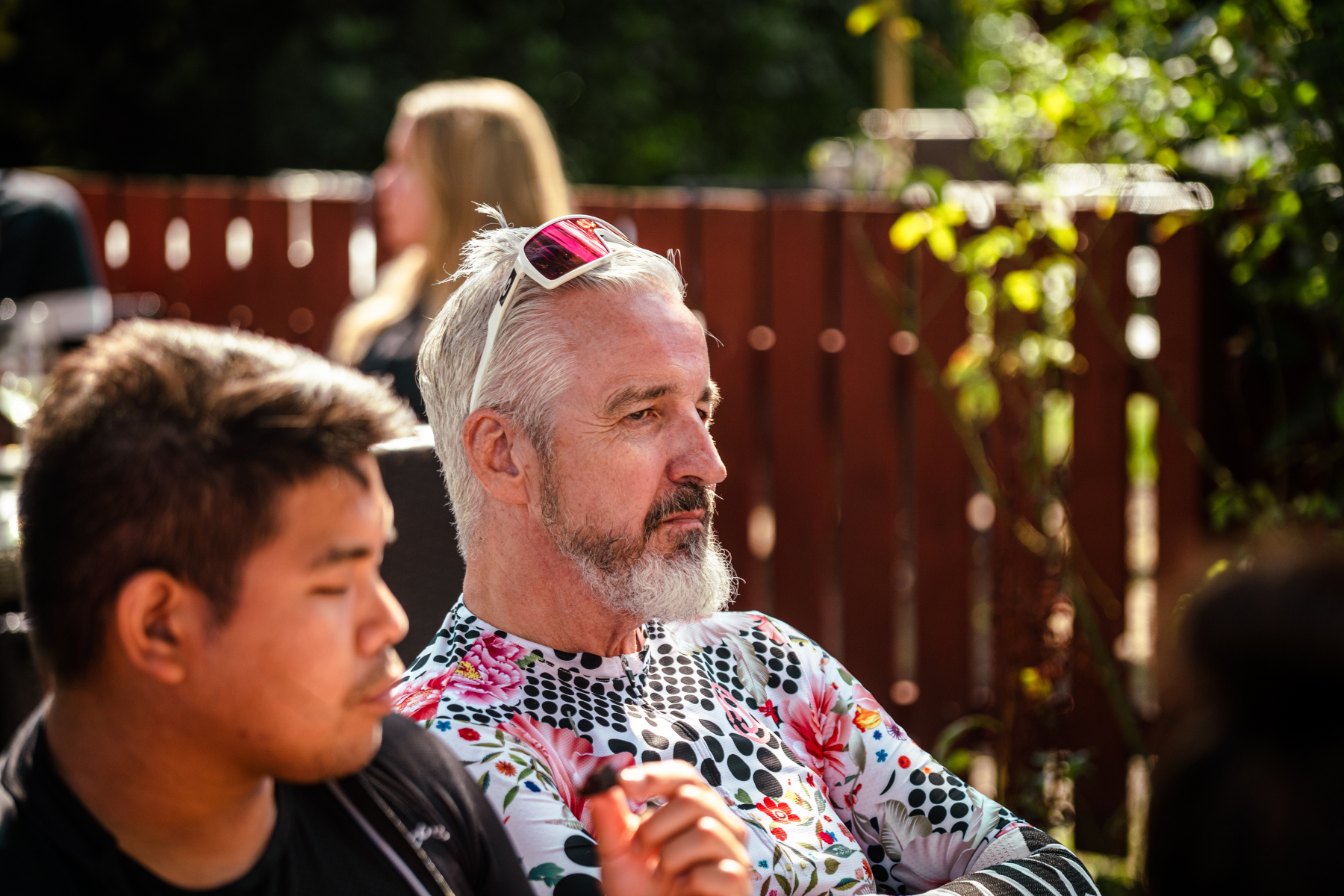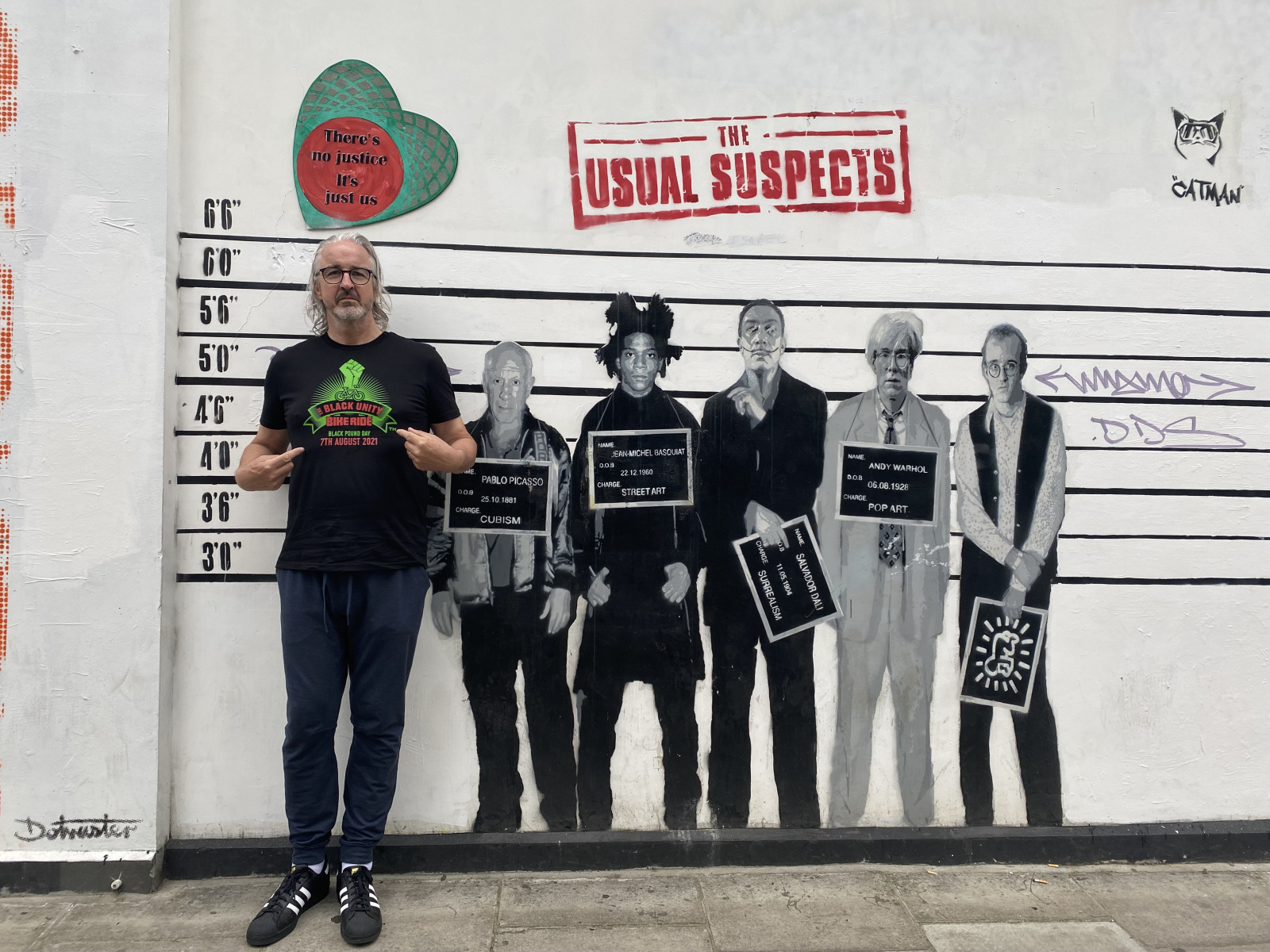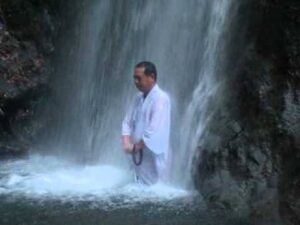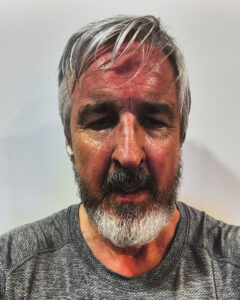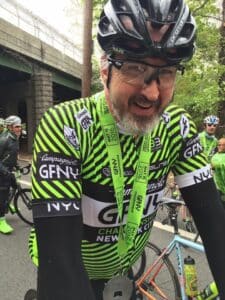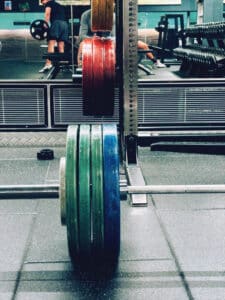January 7, 2024Faster, stronger, longer for longer. I rebranded my website to focus more clearly on having a longer and healthier life. If you are 50 years old or older, then there is something of interest to you in my blog. Physical exercise, being mindful of mental health, and adopting positive lifestyle practices will all improve your health span.
I will not live forever, even if the option were available, I won’t take it. I’ll leave that to the billionaires of Silicon Valley. But I will do everything I can to get the most out of my lifespan. I want to be healthy and then die quickly. I have no ambition to go the way of family members who saw a chronic decline in physical or mental health over many years and even decades. The science is unambiguous – regular cardiovascular and strength training exercise can reduce the risk of many age-related illnesses.
Longer.
All-cause mortality reduces by 30-35% through consistent, vigorous physical activity. Here is another large-scale study that quantifies how much exercise makes a difference. Elsewhere in the blog, I will add to a list of scientific references to support the thesis. Even at 66, I can become faster and stronger and exercise longer. As well as enjoying challenging myself, the health upside is worth the sweat and discomfort.
I hear some of you challenge whether anything can be improved. After all, Father Time cannot be denied. I’m fitter now than I was at the age of 50. But, even if I went along with the challenge, yes, improvements can be made. I measure all my achievements versus the norm for my age, height and weight.
Stronger. Faster.
The weight goals to reach advanced or elite in a deadlift for my age group are clear. I know I hold my age group’s Regent’s Park cycling lap record. My Vo2 is in the top 10% of my age group. If it can be measured, it can be improved. And even when you are on the slide due to the passage of time, you can always compete with your age group peers and, indeed, yourself. Or you can sit in an armchair and become immobile and obese, with a plethora of lifestyle-related diseases ready to creep up on you.
If you want to be faster, stronger, and longer, then bear with me. I’ll relate my journey and hope that somewhere along the journey, there’s a nugget of information or a recognition of a challenge that might help you with your journey. I won’t sugar-coat it; there is no miracle method, and I don’t believe in snake oil. My knees have been burning since a 5k run on Friday. I tore a meniscus during a squat challenge three years ago, and that triggered osteoarthritis in one knee. Then, the same happened to the other knee. I have moderate osteoarthritis in both knees, and sometimes new exercises can make it flare up. In my case, taking up Slow AF Running triggered knee pain.
This is where the critics say, “See, exercise is bad for you!” Yet I come from a family where exercise has never been taken in any generation, but several relatives have suffered arthritis. Pain during exercise is not always a reason to stop. I’m not advocating David Goggins-style pain. But, sometimes, the pain of carrying on is less than the years of pain that can come from doing no exercise.
Don’t Fall For The BS
Please don’t fall for the later-life BS where people talk to you as though you’re fragile and will break if you exercise hard or pick up a deadlift bar. If you want to be fragile, infirm, and prone to falls, then don’t do the exercise. If you insist on being overweight or having type-2 diabetes, then don’t go out and do some cardio work. I decline to be addressed as though I’m in some way disabled by age. I will be the best version of myself by not living like the previous generations chose to do, for voluntary and involuntary reasons.
Men lose 3-5% of muscle mass per decade from the age of 30. Over their lifetime, can lose 30% of their peak muscle mass. This is called sarcopenia. It can result in a higher rate of falls and associated injury, and an increase in all-cause mortality. The study here indicates that loss of muscle mass and muscle strength hurt all-cause mortality. The very good news is that muscle strength and mass can be improved in whatever decade you are in. The study here shows significant gains in mass and strength can be made even at 75 years old plus.
Do not allow people to turn you into a version of their parents and grandparents. The science is robust, and cardio training or lifting heavy weights benefits your entire health span. Don’t fall for the BS. Be faster, stronger, go longer, for longer.
It’s Always Training Day
I am going to do a daily update on my training – here. And I will be as honest as I can. Because we all have an exercise philosophy in our head, but it doesn’t always survive contact with the real world. I want to train every day, for example. And often, I can put together an impressive streak of days on the bike and in the gym. But the body invariably says enough. Every time I think I have solved the equation, the body will randomly say no more. Now, I’m wise enough to listen and not push on. To my credit, I don’t give up whenever a cloud comes over the sun. It needs to be a severe signal of fatigue or bodily pain.
Today is the latest in my running delusion. In November, I took up running and bought myself some high-end running shoes. I had three runs in December, and I completed three 5k runs in January. An orthopaedic surgeon told me around 25 years ago that my running days were over. Yet, here I am, lacing them up again. My knees hurt, and today, my shins hurt. But they would hurt if I didn’t run. My shins? – not so much. Let’s see how I go. I enjoy running once more, although my fitness and pace are low. But already, I have sneaked looks at the beginner, novice, intermediate, and advanced 5k times for men my age.
Purpose, Mental Health, Social Ties
To be clear, there are more factors than exercise in the longer health span part of my faster, stronger, longer for longer approach. Paying attention to sleep. Social ties and community. Having an ikigai – a purpose, a reason to be. I touch on these areas when I blog about mental health. I intuitively understand there is a positive and reinforcing cycle between physical health, exercise, and mental health. There is a lot of scientific proof supporting my intuition, for example, here and here. The feel-good we get from exercise is more than just a fleeting feeling, there is a concrete link to your mental health. Indeed, a very tough training session or event also can support positive mental health through the act of setting the bar high and clearing it. The pain is worth it for the gain in the tough sessions.
Once More – Faster, Stronger, Longer. For Longer
I would like to summarise my philosophy. It’s based on scientific research, which you can find in links and references all over this site. Vigorous cardiovascular exercise and regular heavy gym or home bodyweight work have many health benefits. Fact. Consciously attend to your ikigai, build social and community ties, pay attention to your sleep, and be mindful of your mental health. That, too, will benefit your health span. Fact: Again, with deep scientific support. And I’m talking to you. Man, woman, other. Short, tall, fat, thin. We can all be faster, stronger, go longer, and live longer. It’s a democratic and inclusive mindset, too, in that anyone can adopt these practices.
One advantage of enjoying later life is to utilise the wisdom acquired along the way. Attitudes to health and wellness have changed dramatically, even in the last 20 years. Sadly, diseases related to being overweight or sedentary have also increased. But anyone 50 or over should refuse to accept the old, worn-out stereotypes of ageing. Old, handed-down images of people in the third and fourth quarter of life must be discarded. Get out there and be faster, stronger and go for longer. Your health and wellbeing will improve; your family and friends will be grateful; and you will be less of a burden on the healthcare system. [...]


